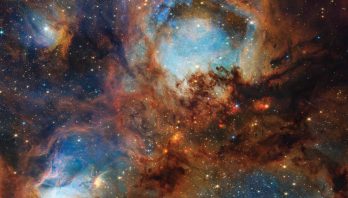
NASA’s Webb Scratches Beyond Surface of Cat’s Paw for 3rd Anniversary
It’s the cat’s meow! To celebrate its third year of revealing stunning scenes of the cosmos in infrared light, NASA’s ...
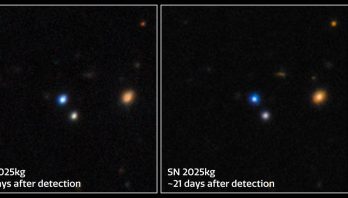
International Gemini Observatory and SOAR Discover Surprising Link Between Fast X-ray Transients and the Explosive Death of Massive Stars
Using a combination of telescopes, including the International Gemini Observatory, funded in part by the U.S. National Science Foundation and ...
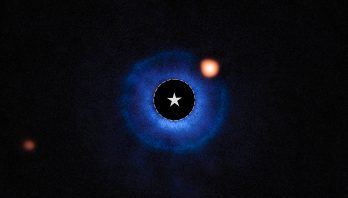
Likely Saturn-Mass Planet Imaged by NASA Webb Is Lightest Ever Seen
Astronomers using NASA’s James Webb Space Telescope have captured compelling evidence of a planet with a mass similar to Saturn ...
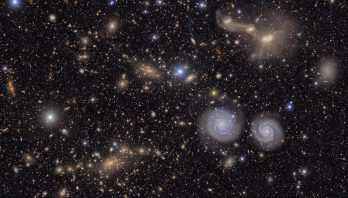
Ever-changing Universe Revealed in First Imagery From NSF–DOE Vera C. Rubin Observatory
The NSF-DOE Vera C. Rubin Observatory, a major new scientific facility jointly funded by the U.S. National Science Foundation and ...

Small-Scale Solar Explosion Reveals Big Clues About Magnetic Reconnection
Using the world’s largest solar telescope, a team of scientists has captured one of the most detailed views ever of ...

Magnetic Curtains on the Sun: NSF Inouye Solar Telescope Reveals Ultra-Fine Striations in Solar Surface
A team of solar physicists has released a new study shedding light on the fine-scale structure of the Sun’s surface ...
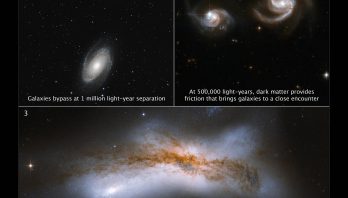
Apocalypse When? Hubble Casts Doubt on Certainty of Galactic Collision
As far back as 1912, astronomers realized that the Andromeda galaxy -- then thought to be only a nebula -- was headed ...
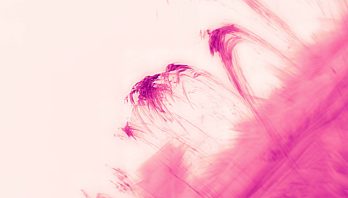
“Raindrops in the Sun’s Corona”: New Adaptive Optics Shows Stunning Details of our Star’s Atmosphere
The Sun’s corona—the outermost layer of its atmosphere, visible only during a total solar eclipse—has long intrigued scientists due to ...

NASA’s Webb Reveals New Details, Mysteries in Jupiter’s Aurora
NASA’s James Webb Space Telescope has captured new details of the auroras on our solar system’s largest planet. The dancing ...
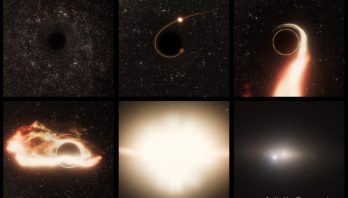
NASA’s Hubble Pinpoints Roaming Massive Black Hole
Lurking 600 million light-years away, within the inky black depths between stars, there is an invisible monster gulping down any ...
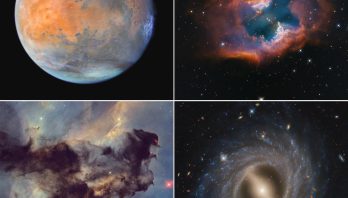
Hubble’s Window on the Universe: NASA Celebrates Hubble’s 35th Year in Orbit
In celebration of the Hubble Space Telescope’s 35 years in Earth orbit, NASA is releasing an assortment of compelling images recently ...
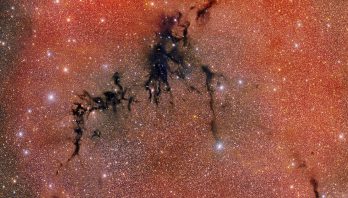
Circinus West: A Dark Nebula Harboring a Nest of Newly Formed Stars
A celestial shadow known as the Circinus West molecular cloud creeps across this image taken with the Department of Energy-fabricated ...
